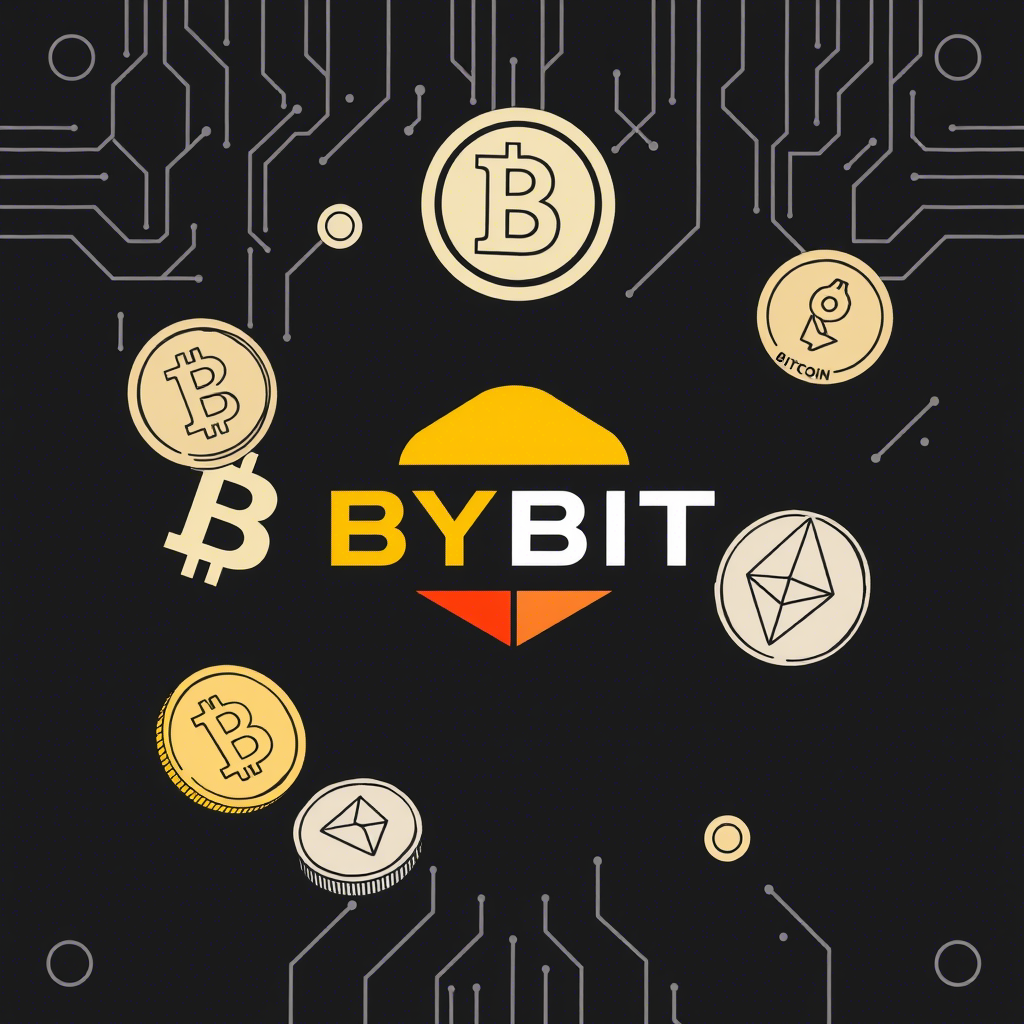The Hook: A Digital Bank Robbery Like No Other
Imagine a massive digital bank robbery—$1.5 billion in stolen crypto, hackers on the run, and a high-stakes game of cat and mouse. The masterminds? The notorious Lazarus Group, a North Korean hacking syndicate that’s been pulling off crypto heists for years. Their latest move? Using Bitcoin mixers and P2P vendors to wash their stolen fortune clean.
If you’re in crypto, understanding how stolen funds are laundered is critical—not just for security but also for staying ahead in a world where criminals are getting smarter by the day.
The Breakdown: How Did the Hack Happen?
- The Attack: In February 2025, Bybit, one of the world’s biggest crypto exchanges, suffered a $1.5 billion hack. The hackers stole 440,091 ETH, worth about $1.23 billion.
- The Conversion: Instead of keeping the stolen ETH, the hackers converted 86% of it into Bitcoin (BTC)—a total of 12,836 BTC—using THORChain, a cross-chain liquidity protocol.
- The Distribution: To avoid detection, they split the Bitcoin into 9,117 different wallets, with each wallet holding an average of 1.41 BTC.
- The Laundering Begins: The hackers then started using Bitcoin mixers like Wasabi, CryptoMixer, and Railgun to “clean” the stolen funds.
- P2P Transactions: Once the Bitcoin was “mixed,” 193 BTC ($16 million) went through peer-to-peer (P2P) vendors—a decentralized way to exchange Bitcoin without a middleman.
Key Terms You Need to Know
🔹 Bitcoin Mixer: A tool that makes transactions private by mixing multiple Bitcoin transfers together. This makes it harder to trace where the money originally came from. Wasabi is one of the most well-known mixers, using a process called CoinJoin to combine transactions.
🔹 P2P Vendors: These are platforms or informal networks where users buy and sell Bitcoin directly, bypassing exchanges. Because there’s no central authority, it’s harder for law enforcement to track funds.
🔹 THORChain: A cross-chain liquidity protocol that allows people to swap crypto between different blockchains without going through a centralized exchange. Hackers love it because it helps them convert stolen funds without KYC (Know Your Customer) restrictions.
🔹 Lazarus Group: A North Korean state-sponsored hacking organization infamous for stealing billions from banks, crypto exchanges, and DeFi platforms.
Why This Matters to You
- Crypto Security Is a Major Battle
- If even a top exchange like Bybit can get hacked, no one is 100% safe. Understanding security risks and how stolen funds are moved will make you a smarter investor or trader.
- Regulation vs. Privacy
- Bitcoin mixers like Wasabi help users stay private, but they also enable criminals to hide stolen money. Governments may crack down on mixers, affecting how privacy tools in crypto operate.
- The Future of Money Laundering in Crypto
- If laundering money through P2P vendors and mixers becomes common, exchanges and governments might tighten regulations. That means KYC and anti-money laundering (AML) rules will likely get stricter.
- Follow the Money
- Bybit is tracking 88.8% of the stolen funds, but 7.6% has already become untraceable. If you’re in crypto, knowing how funds move through the blockchain can give you insights into trends, risks, and even potential investment opportunities.
Final Thought: The Cat-and-Mouse Game Continues
The Lazarus Group now holds 13,400 BTC, making them one of the biggest crypto whales in the world. But regulators, exchanges, and blockchain analysts are hot on their trail.
Will they successfully launder the money, or will authorities freeze their assets before they cash out?
One thing is clear—the world of crypto is evolving fast, and if you want to stay ahead, you need to understand how both legitimate and illicit transactions work.



